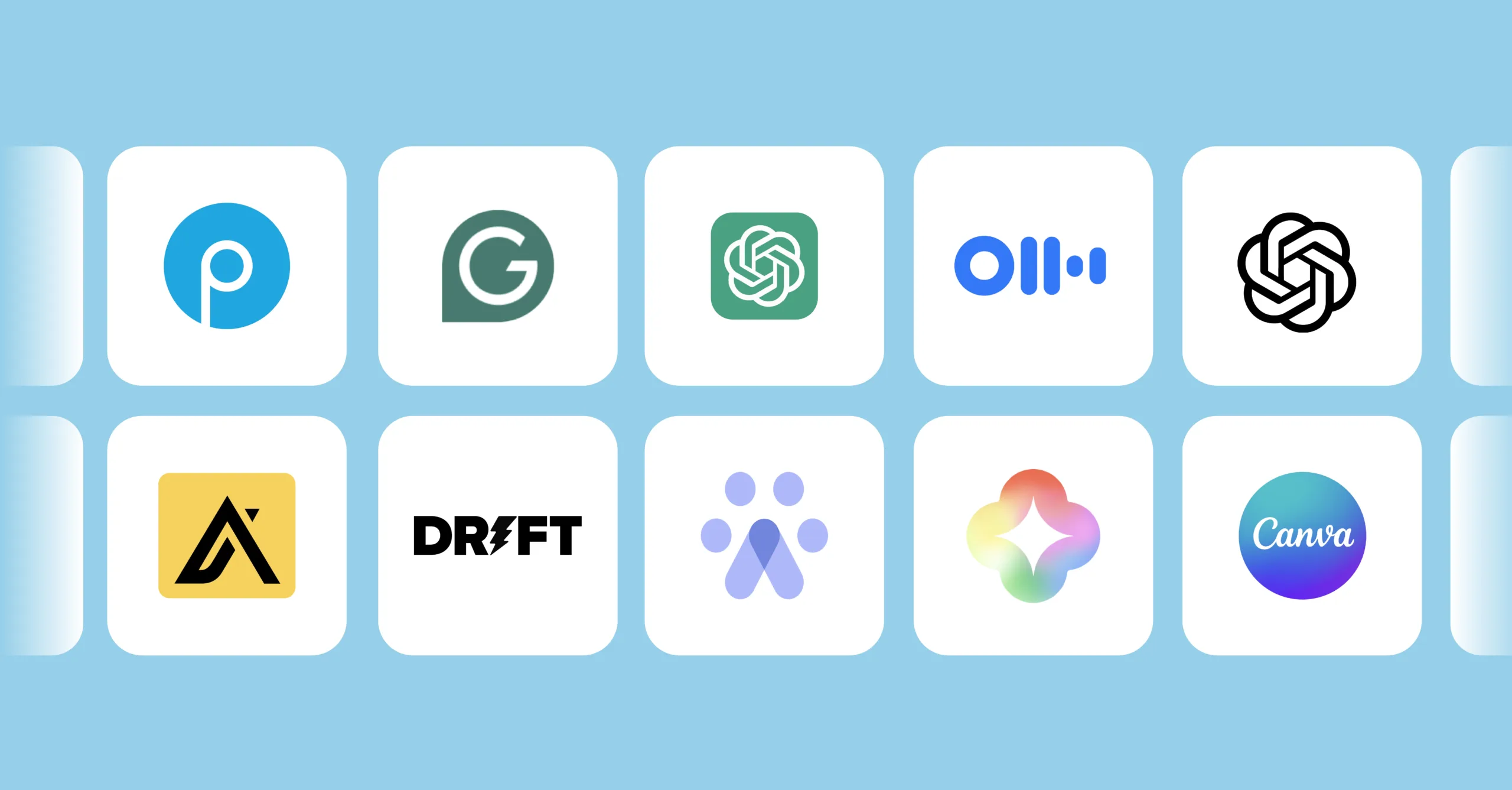
Introduction: Why Crawlability Matters More Than You Think
Search engines like Google rely on crawlers—automated bots that scan websites—to index and rank content. But what if your site is difficult for them to navigate? No matter how well-crafted your content or how strong your backlinks are, poor crawlability can cripple your SEO efforts.
Improving crawlability isn’t just a technical task for developers; it’s a foundational SEO practice that ensures your valuable content gets discovered and ranked. In this article, we’ll explore how to improve website crawlability for better SEO performance.
What Is Crawlability in SEO?
Crawlability refers to a search engine’s ability to access and read pages on your website. If your site is easy for bots to crawl, it increases the likelihood that your content will be indexed properly and appear in search results. Crawlability depends on several factors, including site structure, internal linking, and proper use of directives like robots.txt and meta tags.
Key Strategies to Improve Crawlability
1. Optimize Your Website’s Structure
A clean, logical site architecture helps crawlers understand your site better.
- Use a flat structure: Ensure important pages are no more than three clicks from the homepage.
- Organize by category: Group similar pages together and maintain consistent URL patterns.
- Implement breadcrumbs: This adds hierarchical context and improves internal navigation.
Pro Tip: Use tools like Screaming Frog SEO Spider to visualize and audit your site structure.
2. Fix Broken Links and Redirect Loops
Dead links (404 errors) and redirect chains waste crawl budget and harm user experience.
- Regularly run site audits with tools like Ahrefs, SEMrush, or Google Search Console.
- Replace or remove broken links and update outdated redirects.
- Avoid unnecessary redirect chains—use a single 301 redirect where needed.
3. Use Internal Linking Strategically
Smart internal linking distributes page authority and guides crawlers through your site.
- Link from high-authority pages to deeper content to boost discoverability.
- Use descriptive anchor text (avoid generic text like “click here”).
- Maintain a consistent linking pattern across pages in the same content cluster.
Internal Linking Suggestion: If you run a blog about SEO, link this article to others such as “On-Page SEO Best Practices” or “Understanding XML Sitemaps.”
4. Submit an XML Sitemap
An XML sitemap acts as a roadmap for crawlers, ensuring all important URLs are accessible.
- Keep your sitemap updated as new pages are added or removed.
- Include only indexable pages—exclude thank-you or admin pages.
- Submit the sitemap via Google Search Console.
5. Ensure Proper Robots.txt Configuration
The robots.txt file tells search engine bots which pages they can or can’t crawl.
- Do not block critical pages or entire folders by mistake.
- Use
Disallow:directives only for private or duplicate content. - Combine robots.txt settings with meta robots tags for precise control.
Example:
plaintextCopyEditUser-agent: *
Disallow: /admin/
Allow: /
6. Improve Site Speed and Mobile Usability
Crawlers prioritize fast, mobile-friendly websites.
- Use tools like PageSpeed Insights to identify performance issues.
- Compress images and use lazy loading where appropriate.
- Implement responsive design and avoid intrusive interstitials.
Alt Text Ideas for Images:
- For a screenshot of a site structure audit: “Site structure diagram showing URL hierarchy”
- For a robots.txt example: “Screenshot of properly configured robots.txt file”
7. Avoid Duplicate Content
Duplicate pages can confuse crawlers and dilute SEO value.
- Use canonical tags to indicate the preferred version of a page.
- Consolidate duplicate or similar content when possible.
- Monitor for URL parameters or session IDs that generate multiple versions of the same content.
Crawl Budget: What It Is and Why It Matters
Crawl budget refers to the number of pages a search engine bot will crawl on your site within a given timeframe. Wasting this budget on unimportant or duplicate pages means your key content might not be crawled regularly.
To optimize crawl budget:
- Minimize crawl errors
- Block low-value URLs via robots.txt
- Keep your sitemap lean and focused
Practical Tools for Crawlability Optimization
- Google Search Console: Crawl stats, coverage reports, and sitemap submissions
- Screaming Frog SEO Spider: In-depth crawl reports and link analysis
- Ahrefs Site Audit: Detailed issue breakdown including broken links and redirect chains
Conclusion: Make Crawlability a Priority in Your SEO Strategy
Improving your website’s crawlability ensures that search engines can access, index, and rank your content effectively. From optimizing your site structure to using internal links wisely and maintaining a clean sitemap, every action you take makes your SEO foundation stronger.
Ready to boost your site’s visibility? Conduct a crawl audit today and start implementing these crawlability best practices. The search engines—and your traffic—will thank you.
















